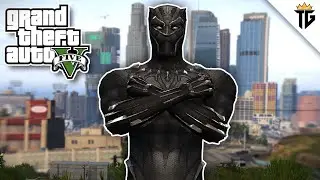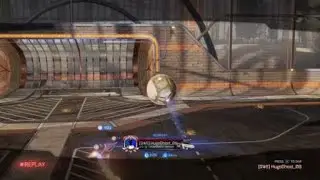MIRACLE TREATMENT FOR YOUR FEET - FITLIFE.TV APPROVED
ANATOMY OF THE FOOT AND LOWER LEG
The foot is the first and last part of the body to touch the ground each day. It provides support when walking and running and is the foundation for the body's structural integrity and movement. When it comes to addressing the foot and its functionality we should look directly at the muscles that control the foot.
As we age, range of motion in the foot is lost specifically in dorsiflexion. There was a time when we all walked tall and confident only to find ourselves years later shuffling along to get through the work week. We no longer rely on the foot and ankle for movement, but rather concentrate on the knee and hip to propel the body forward.
Elasticity - the ability for the muscle to lengthen and rebound back to its natural state.
As the body's muscular structure or elasticity breaks down, so do biomechanics. Muscles are better off resembling a pliable bungee cord rather than a rigid rope.
ANATOMY OF THE BOTTOM OF THE FOOT
Aches and pains in the heel, or in the bottom of the foot, can be very challenging. It can stop the best of us from walking, running, or playing sports. Some doctors occasionally suggest putting a cast around the foot to overcome painful limitations.
The muscles in the foot are designed to move the toes. These muscles give the foot a range of motion actually house themselves above the ankle and below the knee. These muscles in the lower leg connect in the bottom of the foot, thereby controlling the foot- like a puppet.
When foot dysfunction and aches and pains in the bottom of the foot is discussed most people immediately think of Plantar Fasciitis. Plantar Fasciitis and general aches and pains of the foot can generally be the result of loss of foot functionality.
TO DEFINE PLANTAR FASCIITIS:
Plantar - pertaining to the bottom of the foot, (wikionary.org)
Fasciitis - inflammation of the fascia
Fascia - adj. fascial (from latin: a band) - is the soft tissue component of the connective tissue system that permeates the human body. It interpenetrates and surrounds muscles, bones, organs, nerves, blood vessels and other structures. (wikipedia.org)
If you put these two words together you may have plantar fasciitis anywhere in the bottom of the foot where you feel aches and pains.
Myofascial Release Massage - Myofascial release refers to the manual massage technique for stretching the fascia and releasing bonds between fascia, integument, and muscles with the goal of eliminating pain, increasing range of motion and equilibrioception. Myofascial release usually involves applying shear compression or tension in various directions, or by skin rolling. (wikipedia.org)
The question is where does this Myofascial Release massage need to occur? Example: you have a muscle called the posterior tibialis that bases itself between the tibia and fibia, and starts just below the knee and just above the ankle.
The posterior tibialis bases itself in the bottom of the foot, specifically in the arch. As you can see in the picture above, the muscle in the center back area of the lower leg connects directly in the arch of the foot. By massaging this area you can strengthen the muscles to allow the tendons to do their job efficiently while restoring foot functionality and minimizing aches and pains.
There are really three main muscles that contribute to loss of foot functionality and aches and pains within the bottom of the foot; the Soleus, Posterior Tibialis, and Gastrocnemius.
There are other muscles within the lower leg that connect in the bottom of the foot but targeting these 3 muscles will give you the greatest rate of return. What areas can you massage, strengthen and tone to get the maximum amount of flexibility and range of motion? To help answer this, grab the back of your leg and squeeze firmly.
After you have a good grip on the muscle group, rotate your foot in a circle. You may find that it is difficult to rotate due to the calf complex being over worked and tight, therefore pulling on the insertion points that connect in the bottom of the foot. (Please notice how the thumb is placed on inside of the soleus muscle, not on the bone, and the forefingers are on the outside of the soleus).
http://tptherapy.com/unlock-your-body...
Click here to SUBSCRIBE: http://bit.ly/2fw7xYU
Powered by Organifi... Because YOU are Enough!
Check out our Amazing Superfoods: https://bit.ly/2JAan8p
Follow us on Facebook: / organifi
Instagram: / organifi
Pinterest: / juicing
Twitter: / organifi
Check out our blogs: http://fitlife.tv/
https://www.organifishop.com/blogs/news
Join the Organifi Tribe: https://www.organifishop.com/pages/jo...
Get my free Alpha Reset Guide Here: http://www.organifi.com/ytalpha/



















